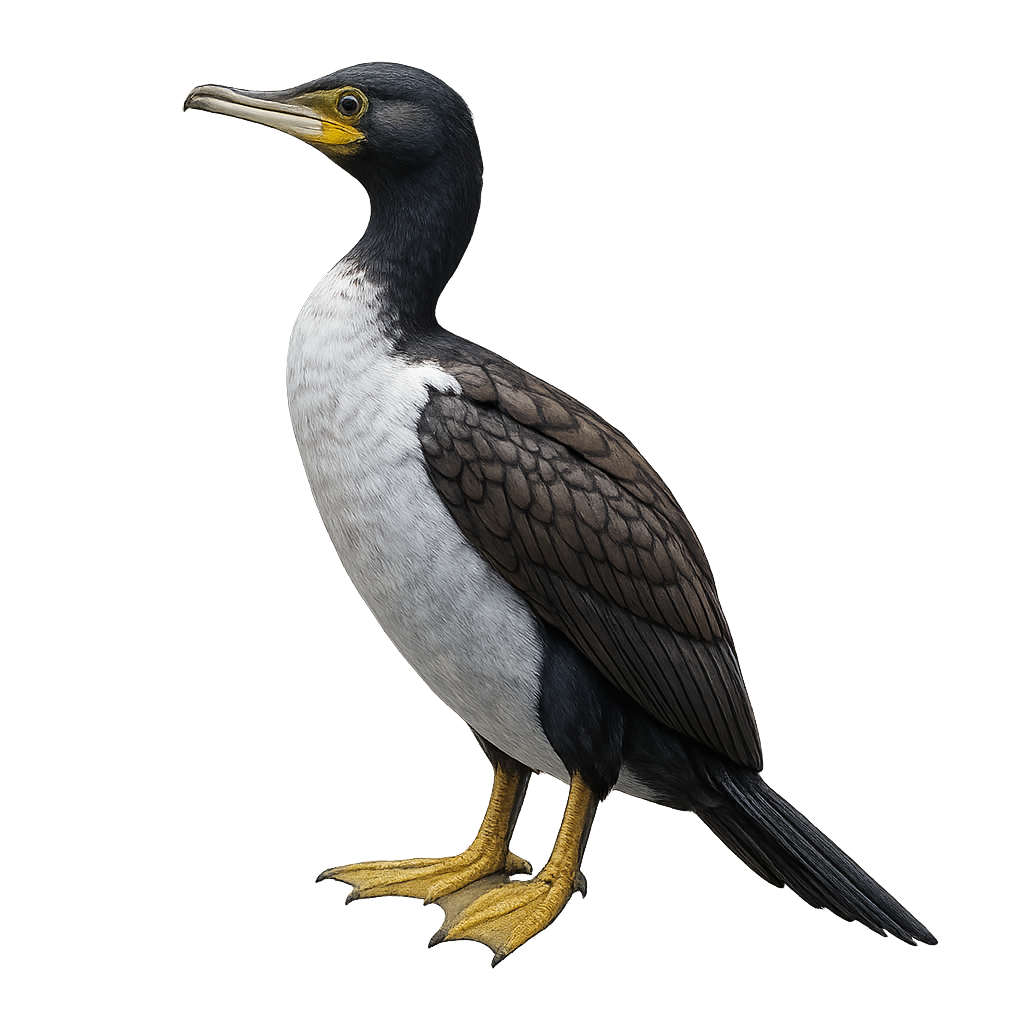Your wildlife photography guide.
Explore the featherston's shag in detail, study its behavior, prepare your shots.
Where to observe and photograph the featherston's shag in the wild
Learn where and when to spot the featherston's shag in the wild, how to identify the species based on distinctive features, and what natural environments it inhabits. The WildlifePhotographer app offers tailored photography tips that reflect the featherston's shag’s behavior, helping you capture better wildlife images. Explore the full species profile for key information including description, habitat, active periods, and approach techniques.
Featherston's Shag
Scientific name: Phalacrocorax featherstoni

IUCN Status: Vulnerable
Family: PHALACROCORACIDAE
Group: Birds
Sensitivity to human approach: Suspicious
Minimum approach distance: 10 m
Courtship display: September to October
Incubation: 28-30 jours
Hatchings: September to November
Habitat:
Rocky coasts, cliffs, islets
Activity period :
Primarily active during the day, with peak activity in the morning and late afternoon.
Identification and description:
The Featherston's Shag is a marine bird species endemic to certain coastal regions of New Zealand. It is characterized by its glossy black plumage, often with metallic sheens, and striking blue eyes. This cormorant is typically seen in small groups, nesting on steep cliffs or rocky islets. It primarily feeds on fish and small marine invertebrates, which it skillfully captures by diving underwater. Although its flight is powerful and direct, it spends much time resting on rocks, wings spread to dry its feathers. This species is considered vulnerable due to its limited distribution and threats to its natural habitat.
Recommended lens:
400mm – adjust based on distance, desired framing (portrait or habitat), and approach conditions.
Photography tips:
To photograph the Featherston's Shag, it is advisable to use a telephoto lens of at least 400mm to capture detailed images without disturbing the bird. The best opportunities often arise early in the morning or late in the afternoon when the light is soft and the bird is more active. Look for angles that highlight the glossy plumage and distinctive blue eyes. Be patient and wait for the bird to adopt an interesting posture, such as when drying its wings.
The WildlifePhotographer App is coming soon!
Be the first to explore the best nature spots, track rutting seasons, log your observations, and observe more wildlife.
Already 1 441 wildlife lovers subscribed worldwide

